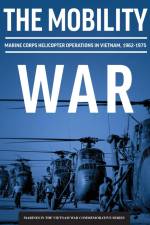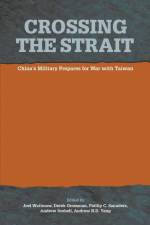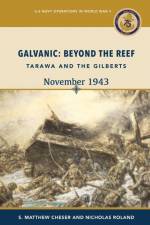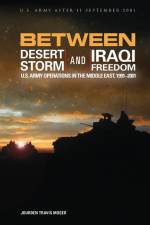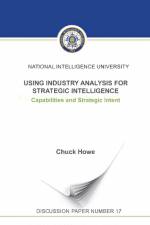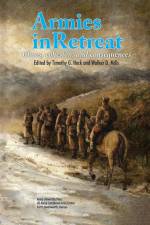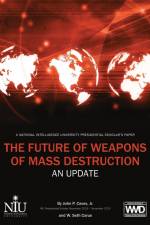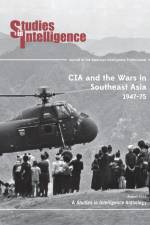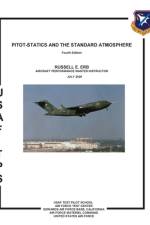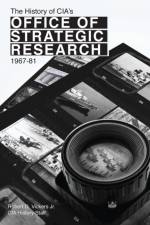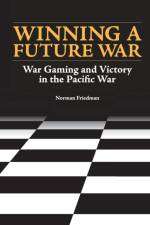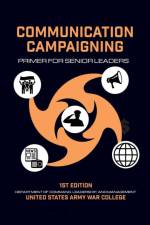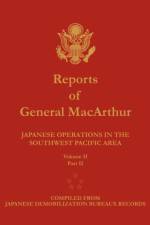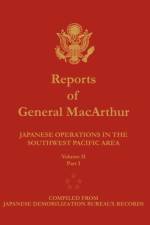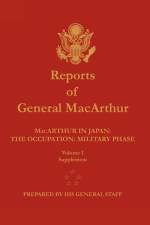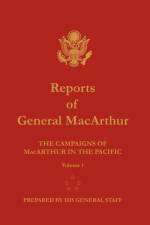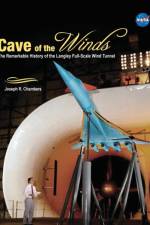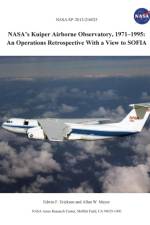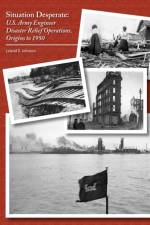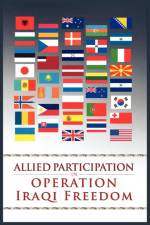av National Defense University Press
389,-
Both the U.S. and Chinese militaries are increasingly focused on a possible confrontation over Taiwan. China regards the island as an integral part of its territory and is building military capabilities to deter Taiwan independence and to compel Taiwan to accept unification. These efforts have shifted the military balance in China's favor and heightened the risk of war. At the same time, the United States insists that China and Taiwan resolve their dispute peacefully and is strengthening its military capabilities in the Western Pacific to deter a possible Chinese attack.Crossing the Strait: China's Military Prepares for War with Taiwan explores the political and military context of cross-strait relations, with a focus on understanding the Chinese decision calculus about using force, the capabilities the People's Liberation Army would bring to the fight, and what Taiwan can do to defend itself. Based on original research by leading international experts, Crossing the Strait explores China's military options and the PLA's ability to execute them. The authors use a range of Chinese sources to assess the PLA's improved amphibious, airborne, logistics, sealift, command and control, and urban warfare capabilities and how they might be employed in a military conflict. The authors conclude that the PLA has made significant improvements and can already execute several military campaigns, but still lacks critical airlift, sealift, logistics, and other capabilities necessary to invade and occupy Taiwan. Under the guidance of current Central Military Commission Chairman Xi Jinping, the PLA is working hard to address these shortcomings.Crossing the Strait also considers what Taiwan, the United States, and other parties can do to prepare a more effective defense. Taiwan has increasingly focused on acquiring asymmetric and innovative military systems to blunt Chinese aggression. Yet contributors to the volume suggest that current efforts are insufficient: Taiwan needs to do more to prepare for the full range of contingencies it might face from the People's Liberation Army.A Taiwan with the right strategy, training, and force investments can pose a formidable wartime challenge and thus improve deterrence. Given the high stakes, the volume should be of interest to policymakers and practitioners alike.

